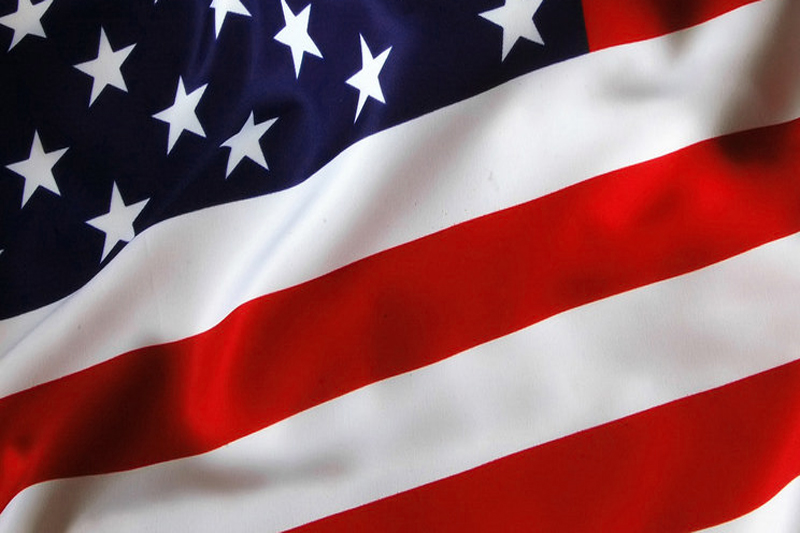Why are states called red states and blue states?
Leave it to the media to start this identifying practice in the 1970s when television stations went to color from black and white. It was much snazzier to identify states as blue for Republican and red for Democrats now that they were broadcasting in color. Using blue for Republicans was also consistent with historic practices in part because blue was the color of the Union of Civil War. Blue is also associated with the more conservative areas in Europe. By 2000, the red/blue designation became a metaphor widely used for bipartisanship. The red or blue designation can be offensive. If you are a liberal in a blue state, it doesn’t bode well, as any sweeping generalization would not.
US Trade Agreements With Other Countries
The US has basically four types of trade agreements. The largest–Free Trade Agreements (FTAs) consist of 20. Some, like the North American Free Trade Agreement and the Dominican Republic-Central America-United States Free Trade Agreement, are multilateral agreements among several parties. The countries included in NAFTA are the US, Mexico, and Canada. The third type are the Trade and Investment Framework Agreement. TIFAs provide frameworks for governments to discuss and resolve trade and investment issues at an early stage. And the last are the Bilateral Investment Treaties (BITs) whose purpose is to help protect private investment, develop market-oriented policies in partner countries, and promote U.S. exports. Currently, the US is operating at a trade deficit of $41 billion.
Which 20 Countries Does the US Have FTAs With?
- Australia
- Bahrain
- Canada
- Chile
- Colombia
- Costa Rica
- Dominican Republic
- El Salvador
- Guatemala
- Honduras
- Israel
- Jordan
- Korea
- Mexico
- Morocco
- Nicaragua
- Oman
- Panama
- Peru
- Singapore
Which Areas Does the US Have FTAs With?
- Africa
- Americas
- Europe and the Middle East
- China, Mongolia, and Taiwan
- South and Central Asia
- Southeast Asia and the Pacific
Gun Control and The Brady Law
The Brady Bill has come up as a debate issue between Democratic candidates. The Brady Bill has come before Congress numerous times since 1987 for amendments. The bill ultimately requires a five-day waiting period and created an instant background check system for handgun buyers in the 1990s. Debate has been over how long the waiting period should be if gun sellers had responsibility when a crime occurred, and disputes over which parts of the bill were supported/not supported.
The Dodd-Frank Bill (Dodd-Frank Wall Street Reform Act)
We have heard so many reference to this bill, especially in debates, and specifically aimed at candidates who appear to support Wall Street. Why do we hear about it so often? This bill, passed under the Obama administration, is sweeping legislation that sharply tightened the reigns on Wall Street traders and the rights of consumers, making another economic crisis (like 2008) much less likely. Some of the actions taken by the bill were:
- Oversee Wall Street
- Stop Banks from Gambling With Depositors Money
- Regulate Risky Derivatives
- Bring Hedge Fund Trades Into the Light
- Oversees Credit Rating Agencies
- Regulate Credit Cards, Loans, and Mortgages
- Increase Supervision of Insurance Companies
- Reform the Federal Reserve
As you can see, many of these reforms directly affect consumers. Voters who are looking for a presidential candidate that will enforce this important bill, especially after the disastrous economic crash in 2008, which was directly tied to many of these Wall Street companies.
What exactly is Climate Change?
Climate change is the long-term shift in weather patterns in a specific region’s overall weather patterns, such as precipitation, temperatures, and cloud cover. Climate change is caused by human activities that have resulted in an increased concentration of greenhouse gasses in our atmosphere, including carbon dioxide, water vapor, methane, ozone, and nitrous oxide. You will also hear references to global warming, which refers to a rise in the surface temperature of the earth’s surface.
Some have argued that climate change is actually caused by natural occurrences. However, the earth’s average surface temperatures have risen by 0.4C since the 1970s, which is an irregular increase that is extremely difficult to explain by natural causes. Certain changes do occur in the sun’s activity, volcanic eruptions, and other natural events which all contribute to changes in the earth’s temperatures, but only an increase in greenhouse gasses can explain the abnormal increases. Human activities that result in the release of these greenhouse gasses well beyond natural levels include things like deforestation, burning of fossil fuels, and changes in wetland construction. The only solution to climate change is to slow the flow, to stop altogether, and re-absorb greenhouse gas emissions. Many solutions have been suggested, such as cap and trade systems, carbon capture and storage, renewable energy, and geoengineering. Likely a combination of all of these solutions must be tried if we are to protect our planet from the most severe predicted effects of climate change. To ignore or refute climate change is like denying that the sun rises and sets every day.
Source: EcoLife
Photo Credit: garycycles8 via Compfight cc
